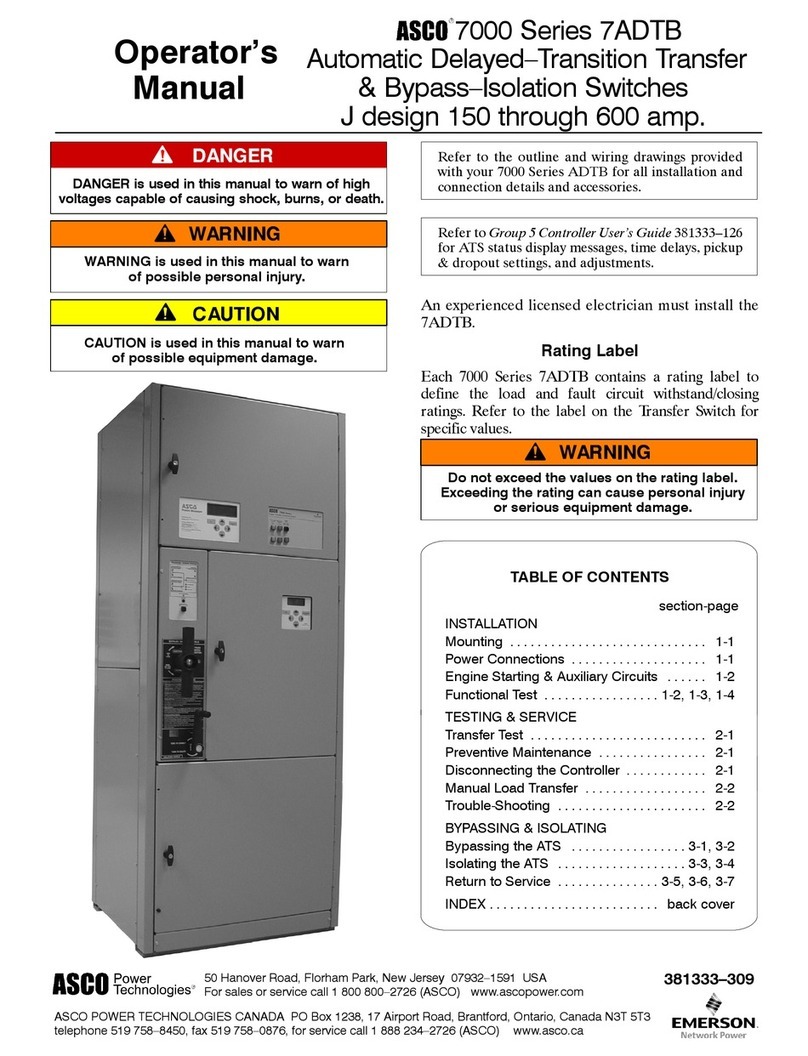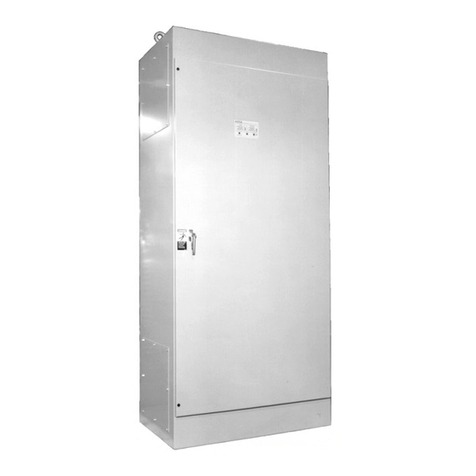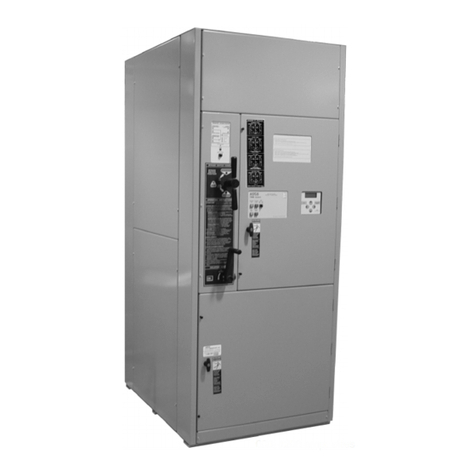Contents
Chapter 1 Overview ............................................................................................................................................................1
1.1 Model Description and Order Information.............................................................................................................1
1.1.1 Model Description......................................................................................................................................1
1.1.2 Configuration Description and Number of Poles........................................................................................2
1.1.3 Accessory Model Description and Order Information ................................................................................2
1.2 Appearance ..........................................................................................................................................................3
1.3 Product Composition.............................................................................................................................................3
1.4 Panel Description..................................................................................................................................................4
1.5 Application Environment.......................................................................................................................................4
1.6 Technical Parameters...........................................................................................................................................5
Chapter 2 Installation And Operation..................................................................................................................................6
2.1 Installation.............................................................................................................................................................7
2.1.1 Installation of Transfer Switch....................................................................................................................7
2.1.2 Accessory Installation................................................................................................................................8
2.2 Operation............................................................................................................................................................14
2.2.1 Manual Operation....................................................................................................................................14
2.2.2 Auto Operation ........................................................................................................................................15
2.2.3 Padlock....................................................................................................................................................15
Chapter 3 Maintenance and Troubleshooting ...................................................................................................................17
3.1 Start Up / Function Test......................................................................................................................................17
3.2 Maintenance .......................................................................................................................................................19
3.3 Common Troubleshooting...................................................................................................................................19
Appendix 1 Surge Protection Device.................................................................................................................................20
Appendix 2 Glossary.........................................................................................................................................................21






























